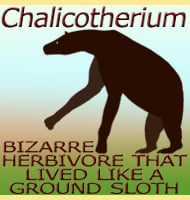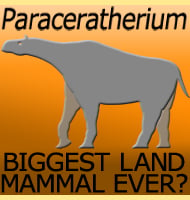Epihippus
In Depth Although still a primitive horse the teeth of Epihippus show a trend more towards the grinding of grasses over the slicing of plant vegetation like leaves. This is a reaction to the changing ecosystems of the Eocene which saw the beginning of a reduction in forests with their subsequent replacement by grassy plains. … Read more

